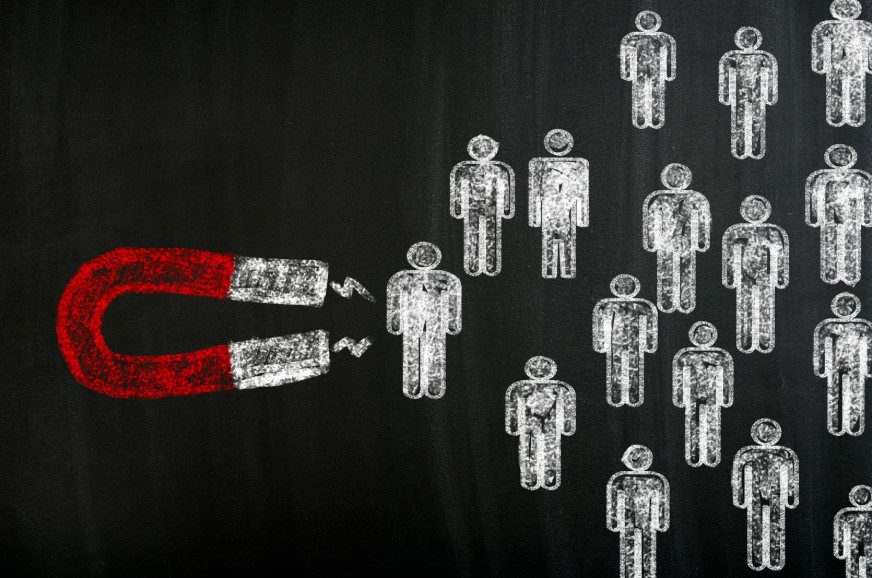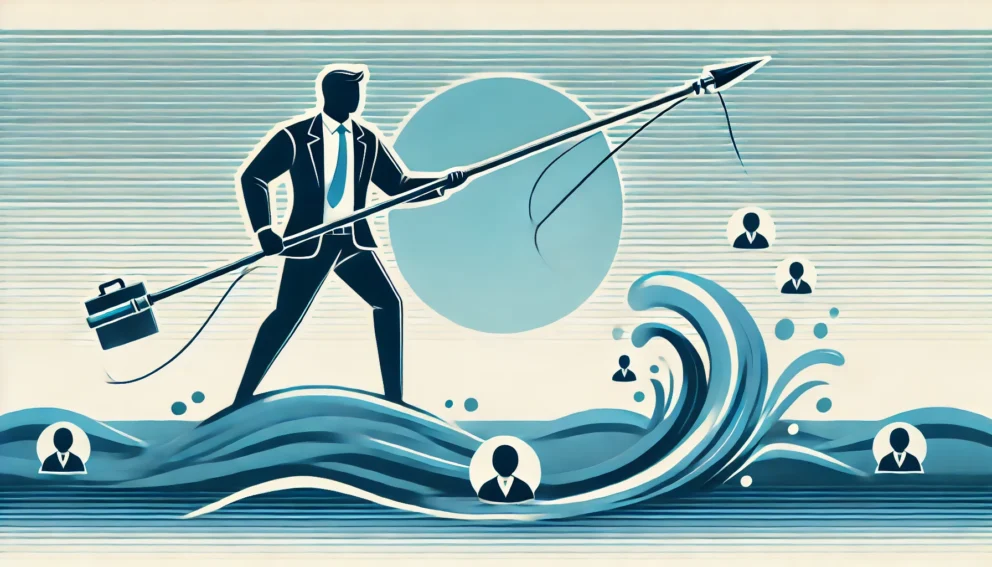Frequently Asked Questions About Customer-Led Growth (CLG) in B2B Marketing

Summary
We’ve compiled the most frequently asked questions B2B marketers ask when implementing or exploring customer-led growth (CLG). You’ll learn what CLG is, how it compares to product- or sales-led models, what metrics matter, and how to activate your existing customer base for revenue growth.
By Karla Sanders, Engagement Manager at Heinz Marketing
Customer-led growth (CLG) is about using your existing customers to drive expansion, referrals, and long-term value. It’s a practical shift from focusing only on acquisition to growing through relationships.
In this blog, we’ve compiled the most frequently asked questions B2B marketers ask when building or refining a CLG strategy.
Why is Customer-Led Growth (CLG) important to marketers?
B2B marketers today are under pressure to drive growth more efficiently. Customer-led growth is emerging as a smarter, scalable way to do just that. Instead of chasing cold leads, CLG focuses on maximizing the value of your current customers—through advocacy, expansion, referrals, and retention. It’s a shift from acquisition-only thinking to a full lifecycle mindset.
What is Customer-Led Growth (CLG)?
CLG is a business strategy that prioritizes existing customers as the engine for growth. It focuses on delivering value, earning trust, and turning satisfied customers into brand advocates and revenue drivers. That includes upsell/cross-sell opportunities, referrals, testimonials, and product feedback loops.
How is CLG different from product-led or sales-led growth?
CLG starts with the customer, not the product or sales process. In a product-led model, growth happens when users adopt and expand usage of the product on their own. In a sales-led model, growth is driven by outbound sales motion. In CLG, growth is driven by customer success, advocacy, and lifecycle engagement.
Why is CLG especially relevant in B2B?
In B2B, decisions are complex and relationships matter. Existing customers are more likely to expand, advocate, or influence others when they’ve had a strong experience. In high-consideration sales cycles, word-of-mouth and peer validation can accelerate deals more than ads or cold outreach ever will.
What roles are typically involved in CLG?
CLG is a cross-functional effort across marketing, customer success, sales, and product teams. Marketers focus on programs that drive retention, loyalty, and advocacy. Customer success ensures satisfaction and adoption. Sales can uncover expansion opportunities. Product teams help close the loop with feedback.
What are some key CLG tactics?
Common CLG tactics include:
- Customer onboarding and enablement programs
- Customer referral and ambassador programs
- Case studies and testimonials
- Customer advisory boards and communities
- Feedback loops and product engagement campaigns
- Expansion-focused nurture cadences and lifecycle emails
What metrics should we track to measure CLG success?
The most common CLG metrics are:
- Net Revenue Retention (NRR)
- Customer Lifetime Value (CLTV)
- Expansion Revenue
- Advocacy Participation (e.g., referrals, reviews)
- Time-to-Value (TTV)
- Customer Satisfaction (CSAT) and Net Promoter Score (NPS)
How do I get started with CLG?
Start by listening to your customers and identifying champions. Build a customer journey map to understand key moments that drive value. Align your teams around post-sale engagement, and start small—like launching a referral program or creating a customer spotlight series. From there, scale into a full strategy.
How does CLG impact demand generation?
It improves conversion and lowers acquisition costs. Happy customers who refer peers shorten sales cycles and increase trust. Content like case studies and customer videos become valuable proof points that influence new buyers.
Do we need specific tools for CLG?
You may already have what you need. Most teams start with tools like CRMs (HubSpot, Salesforce), customer advocacy platforms (Influitive, Captivate), survey tools (Medallia, Delighted), and community platforms (Slack, Insided). The key is how you use them—not just what you use.
Can CLG work for small or mid-size B2B companies?
Absolutely. In fact, CLG is often more impactful for growing B2B businesses because it’s a cost-effective way to scale. Small teams can build deep customer relationships and turn a few advocates into many. Plus, your earliest customers are often your biggest champions.
Summary
Customer-led growth isn’t just a passing B2B trend—it’s a proven way to unlock sustainable, efficient growth in B2B. By putting your customers at the center, you turn relationships into revenue.
Looking to launch or strengthen your CLG strategy? We can help.
Reach out to us at acceleration@heinzmarketing.com to connect.






